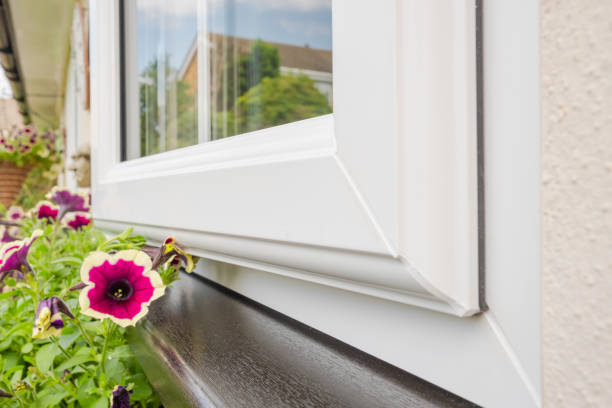
Double glazing provides an excellent solution for keeping your home warm and ensuring that noise levels remain as low as possible. Double glazing has been around since the 1930’s and has quickly become one of the most popular and enduring forms of glazing globally. Double glazing is essentially two layers of glass placed together in a window frame. Between both layers of glass, a vacuum exists, so heat is not able to be transferred through the glass barriers. When many different glass panes are placed together, they are known as double glazed units of glass. The glass has thermal and acoustic properties, allowing it to form an excellent source of insulation whilst simultaneously allowing the light to enter your home. Let’s take a look at the main components of a double glazed surface area.
Glass
Since glass was first invented, people have loved its functionality and beauty. By keeping the elements out and letting the light in, glass provides the perfect visual solution for your home. The glass used in double glazing needs to be a very specific kind to ensure that maximum insulation, noise reduction and light is achieved. Glass will generally need to be 4mm thick. Glass may be clear, tinted or coated, depending on the specific function required of the double glazing. Tinted glass undergoes a specific treatment that allows the glass to cope with thermal stress, storms and to encourage the reabsorption of heat for highly effective insulation. Coated glass for the purposes of double glazing involves a polyester film that is placed over the glass surface. Double glazed windows that are coated may have a reflective finish or a mirror finish.
Spacer
The two glass panes are separated by a small segment that allows the air between the two panes to be sealed and to become a vacuum. When a vacuum exists, heat will not travel and disperse – this is how double glazed windows prevent the home from becoming too cold. The spacers themselves are made from non-conductive materials such as foam to prevent heat escaping from the window.
Building The Double Glazed Window
Double glazed windows are customized to fit the particular space requirements. It is also possible to purchase factory standard sizes. The double glazed panes are created and then spacers for each panel are cut and fit to the correct size. The glass panes are carefully cleaned with a special fluid that ensures the surface remains clear. Then, an adhesive is placed on both opposing sides of the spacer and the glass panels are attached. The outside edges of the panel are sealed using silicon adhesive. The glass is coated or finished according to the manufacturing specifications.
How Effective Is Double Glazing
Double glazing provides great insulation for your home. The glass is specifically designed to contain heat transference. Most double glazed windows will last for around 25 years and continue to function effectively, so it is a good idea to buy windows that have a long warranty. If double glazed windows are particularly exposed to the elements, they may not last quite as long. There are many highly beautiful double glazed window and door options available, and it is wise to undertake some market research in order to get the best value for your money. Double glazing comparison sites are a good place to begin.





